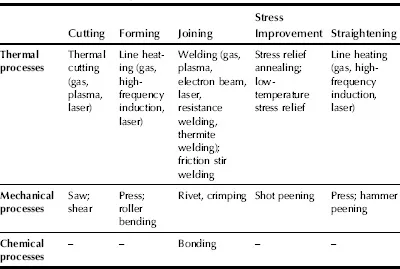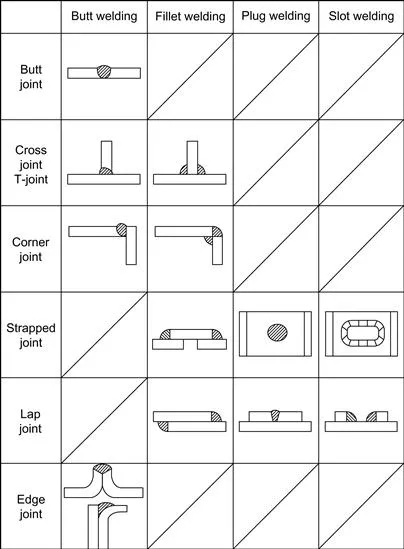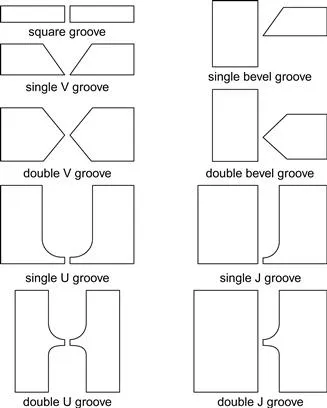
Welding Deformation and Residual Stress Prevention
- 312 pages
- English
- ePUB (mobile friendly)
- Available on iOS & Android
Welding Deformation and Residual Stress Prevention
About this book
Generally, welding produces welding deformation and residual stress in the products, which influences the quality and performance of the products. Although many engineers and researchers have made great effort how to control these incidents, they have still remained unresolved. Welding Deformation and Residual Stress Prevention provides a unique computational approach to the prediction of the effects of deformation and residual stress on materials. The goal is to provide engineers and designers with the ability to create their own computational system for predicting and possibly avoiding the problem altogether.- The basic theories including "theory of elastic-plastic analysis" and "inherent strain theory", and analysis procedures are described using a simple three-bar model- Online simulation software to perform basic analysis on welding mechanics- Examples of strategic methods and procedures are illustrated to have solved various welding-related problems encountered in the process of construction- Appendices present data bases for welding residual stresses, temperature dependent material properties, etc.
Frequently asked questions
- Essential is ideal for learners and professionals who enjoy exploring a wide range of subjects. Access the Essential Library with 800,000+ trusted titles and best-sellers across business, personal growth, and the humanities. Includes unlimited reading time and Standard Read Aloud voice.
- Complete: Perfect for advanced learners and researchers needing full, unrestricted access. Unlock 1.4M+ books across hundreds of subjects, including academic and specialized titles. The Complete Plan also includes advanced features like Premium Read Aloud and Research Assistant.
Please note we cannot support devices running on iOS 13 and Android 7 or earlier. Learn more about using the app.
Information
Chapter 1
Introduction to Welding Mechanics
1.1 Basic Concepts of Welding and Welding Mechanics



Table of contents
- Cover Image
- Content
- Title
- Copyright
- Preface
- List of Symbols
- Chapter 1. Introduction to Welding Mechanics
- Chapter 2. Introduction to Measurement and Prediction of Residual Stresses with the Help of Inherent Strains
- Chapter 3. Mechanical Simulation of Welding
- Chapter 4. The Finite Element Method
- Chapter 5. Q&A for FEM Programs
- Chapter 6. Simulation Procedures for Welding Heat Conduction, Welding Deformation, and Residual Stresses Using the FEM Programs Provided on the Companion Website
- Chapter 7. Strategic Simulation Analyses for Manufacturing Problems Related to Welding
- APPENDIX A. Residual Stress Distributions in Typical Welded Joints
- Contents of Programs and Data on the Companion Website
- Index
- About the Authors